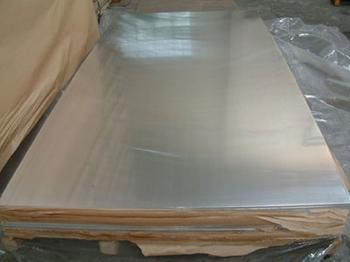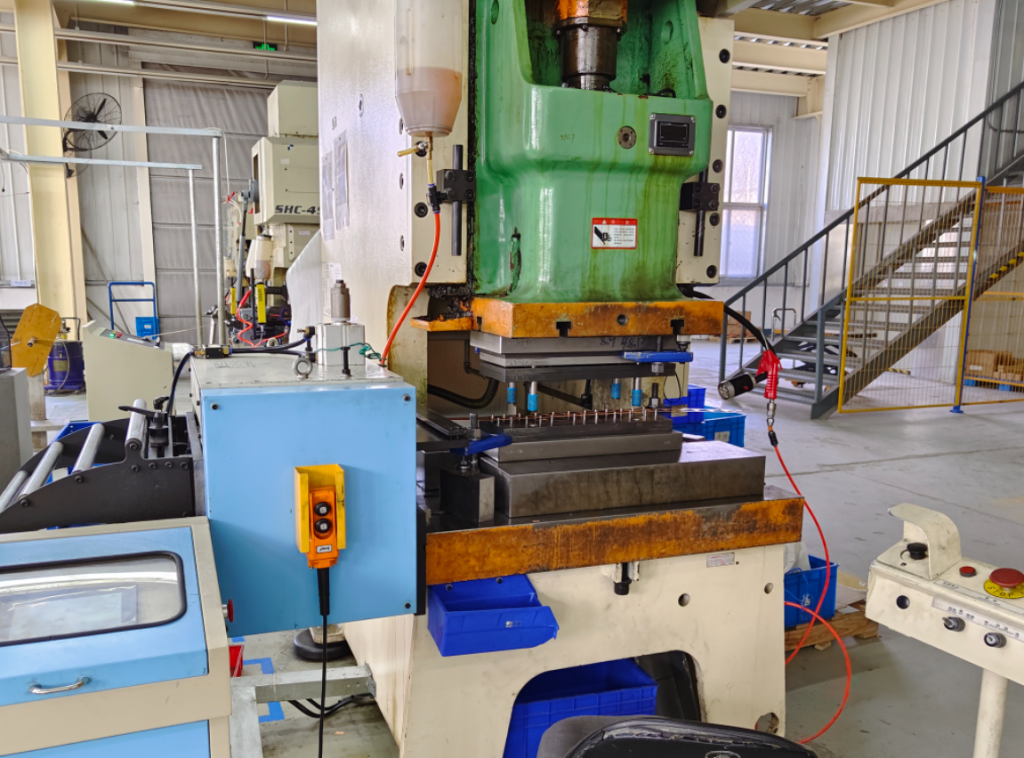Aluminum sheet stamping is a common method for producing aluminum components, but there are some process difficulties and defects encountered when stamping aluminum sheets, mainly including the following aspects:
1. Difficulty in deformation of thin sheets: Aluminum sheets are a soft metal material, especially in the case of thin sheets, which are prone to deformation. Therefore, for the stamping of thin sheets, it is necessary to finely control the process and equipment to avoid deformation.
2. Thin sheets oxidation: During storage, transportation, and processing, aluminum thin sheets are easily affected by the environment and oxidize, producing an oxide layer. When this oxide layer exists on the surface, it can affect the forming effect of stamping, such as poor surface smoothness, defects in details, or collision marks.

3. Poor hole quality: The quality of hole stamping has a significant impact on the performance and appearance of the workpiece. During the punching process of holes, if the punch or mold is defective, it can lead to various defects such as notches, burrs, and inaccurate aperture.
4. Panel defects: Aluminum sheets are prone to surface defects such as warping, deformation, unevenness, creases, and surface scratches; In addition, the surface of the aluminum sheets is prone to defects such as black spots and transparent spots.
5. Short lifespan of stamping dies: Aluminum sheets have a certain degree of hardness, but the lifespan of steel punches and molds is usually affected by factors such as surface oxidation and hardness of the aluminum sheets, requiring regular inspection and replacement of molds.

In summary, the process difficulties and defects of aluminum sheets stamping are mainly related to the characteristics of the aluminum sheets itself, and these problems need to be solved through adjusting the process and equipment, optimizing materials, and mold manufacturing.


